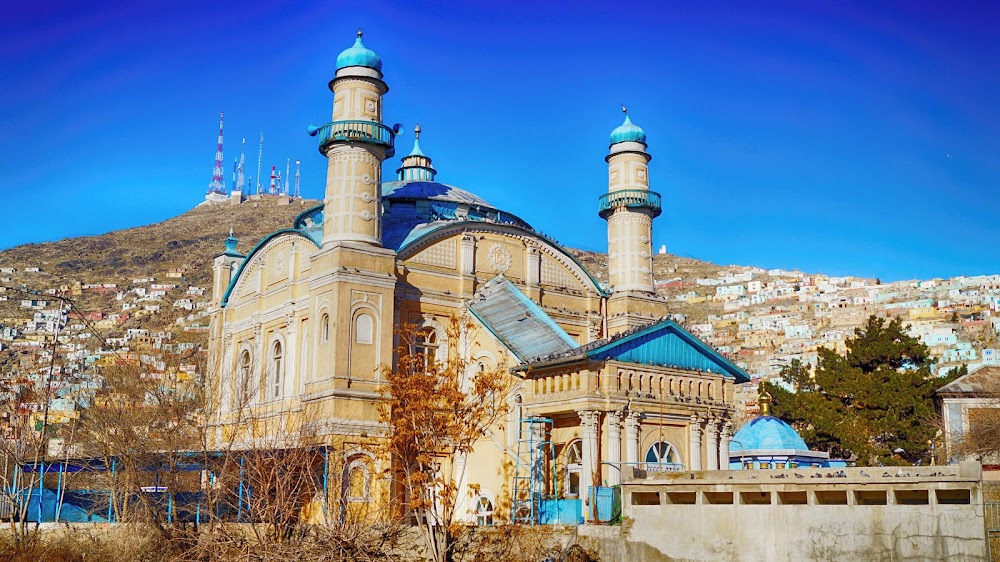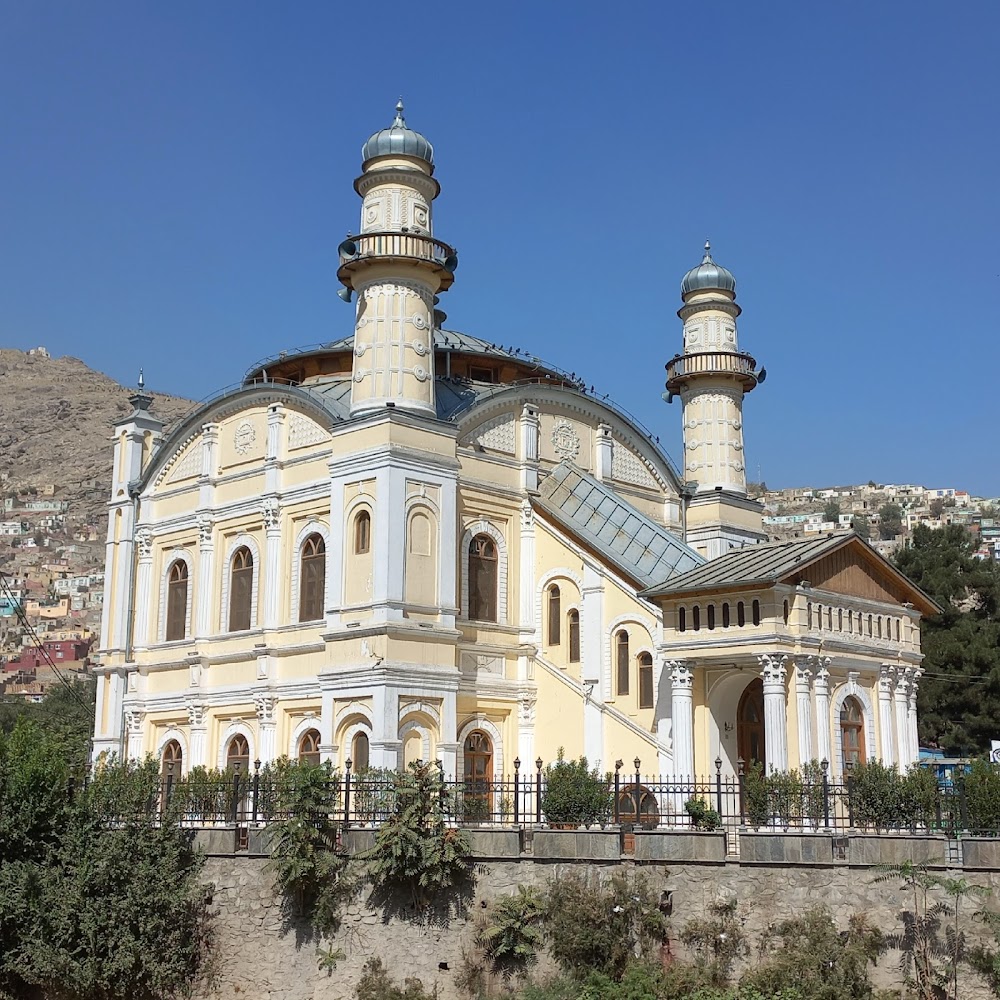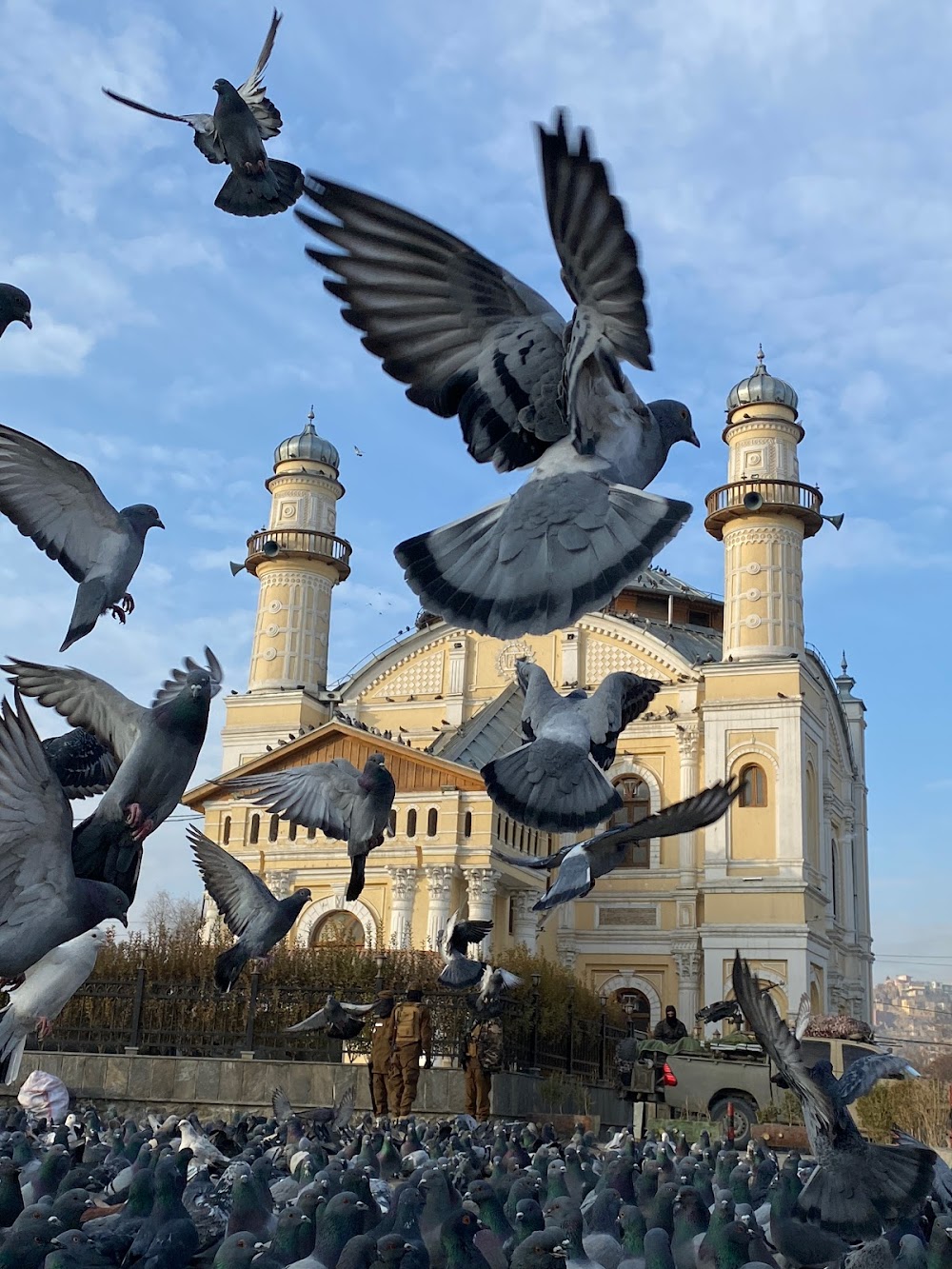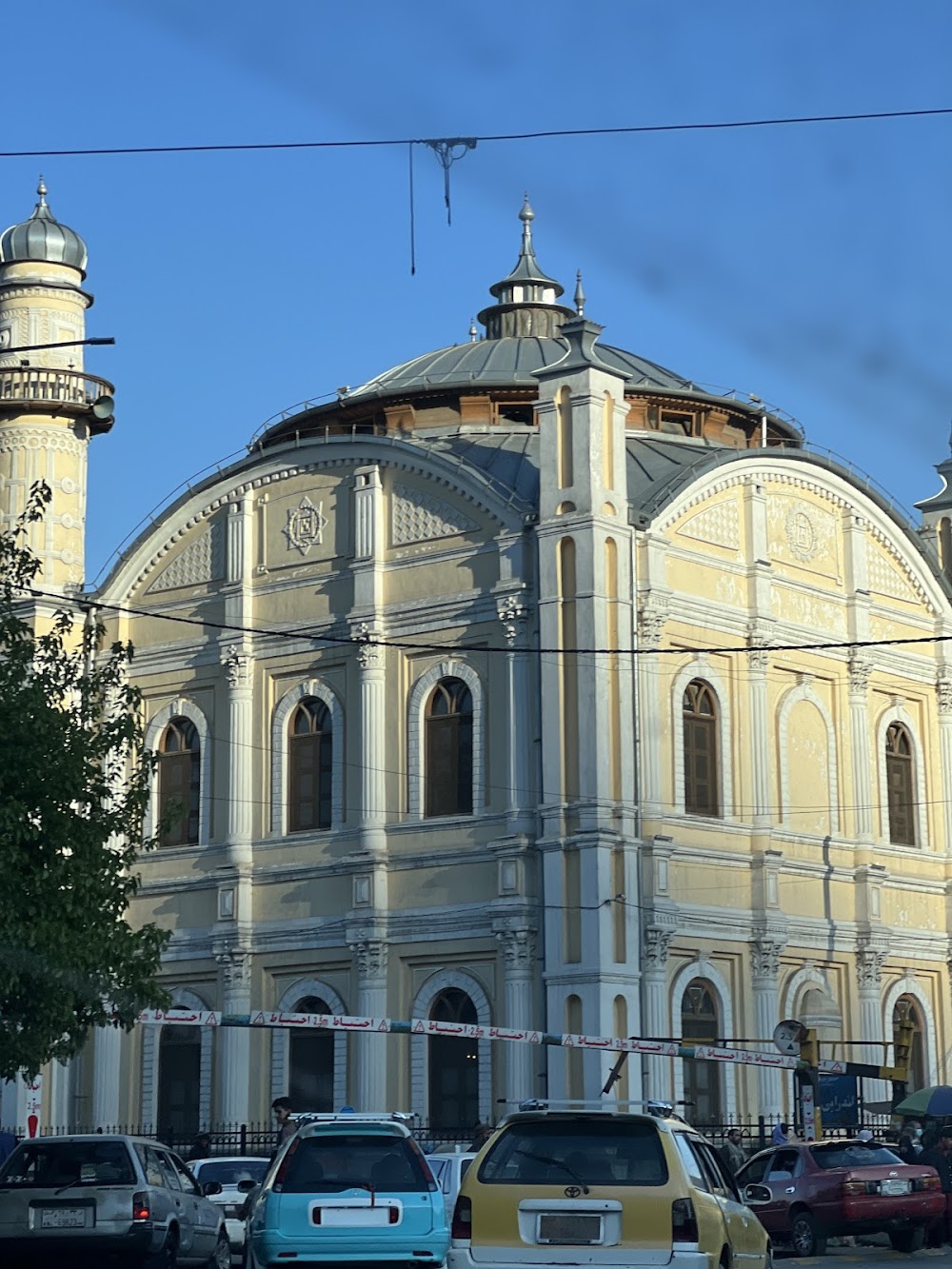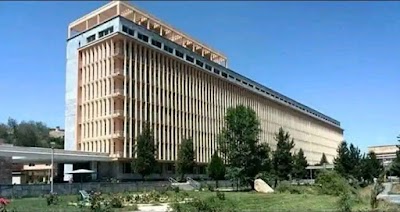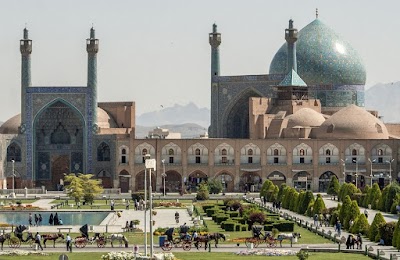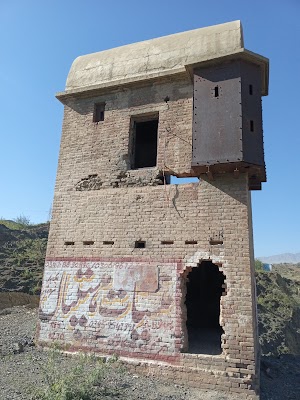Shah-Do Shamshira Mosque (مسجد شاه دو شمشیره)
Overview
Nestled in the heart of Kabul, the bustling capital of Afghanistan, stands the remarkable **Shah-Do Shamshira Mosque**, a stunning blend of architectural beauty and historical significance. Often translated as the "Mosque of the King of Two Swords," this religious structure serves as a testament to the rich cultural heritage of the city.
Its story begins in the early 20th century, during the reign of **Amanullah Khan**, a progressive king who ruled Afghanistan from 1919 to 1929. Seeking to modernize the country, Amanullah initiated numerous reforms, and among his many projects was the construction of a mosque that would symbolize both religious devotion and cultural revitalization. This vision culminated in the completion of the Shah-Do Shamshira Mosque in 1920.
What sets the **Shah-Do Shamshira Mosque** apart from many others in the region is its unique architectural style. Rather than adhering to traditional Islamic design, the mosque features a distinct blend of **Italianate and European influences**. Its two-story structure boasts elaborate balconies and intricate facades, with a coloration reminiscent of European buildings from the era. This design choice was a deliberate effort by Amanullah Khan to bridge Afghan traditions with modern innovation.
The name **Shah-Do Shamshira**, meaning "King of Two Swords," commemorates a significant figure in Islamic history. While folklore and historical texts may vary, it is widely believed that the mosque honors an early Islamic commander known for his bravery in battle, wielding two swords—an act of valor that earned him great respect and reverence.
The construction of the Shah-Do Shamshira Mosque was a remarkable feat of craftsmanship. Local artisans and foreign architects came together to carefully plan and execute the mosque, ensuring both durability and aesthetic appeal. High-quality materials, including fine marble and intricate tile work, were sourced from various regions. The involvement of European architects ensured that the mosque met the functional needs for prayer and community gatherings while standing as an architectural marvel.
Over the decades, the **Shah-Do Shamshira Mosque** has witnessed numerous historical events, including periods of conflict and reconstruction. Despite these challenges, it has remained a focal point for worship and community gatherings. The mosque's resilience through times of turmoil symbolizes the enduring faith and cultural identity of the Afghan people.
One particularly captivating feature of the mosque is its vibrant **yellow exterior**, which stands out brightly against the urban landscape of Kabul. This cheerful color symbolizes joy and divine light, breathing life into the bustling surroundings. Inside, worshippers are greeted by beautifully decorated interiors with intricate patterns and designs that encourage contemplation and reverence.
Geographically, the mosque holds a prominent position near the **Kabul River** and in close proximity to other historical sites. This strategic location makes it a key point of interest for both locals and visitors, drawing people not only for religious purposes but also for its historical and architectural significance.
As the years pass, efforts have been made to preserve the **Shah-Do Shamshira Mosque**, ensuring that future generations can continue to marvel at its beauty and significance. Restoration projects have sought to maintain its structure and restore its decorative elements, protecting it from the wear and tear that comes with time.
Today, the **Shah-Do Shamshira Mosque** remains a beacon of faith, history, and culture in Kabul. It stands as a reminder of King Amanullah Khan's vision for a modernized Afghanistan, blending tradition with innovation, and serves as a vibrant space where the rich spiritual and communal life of Kabul's residents continues to thrive.


